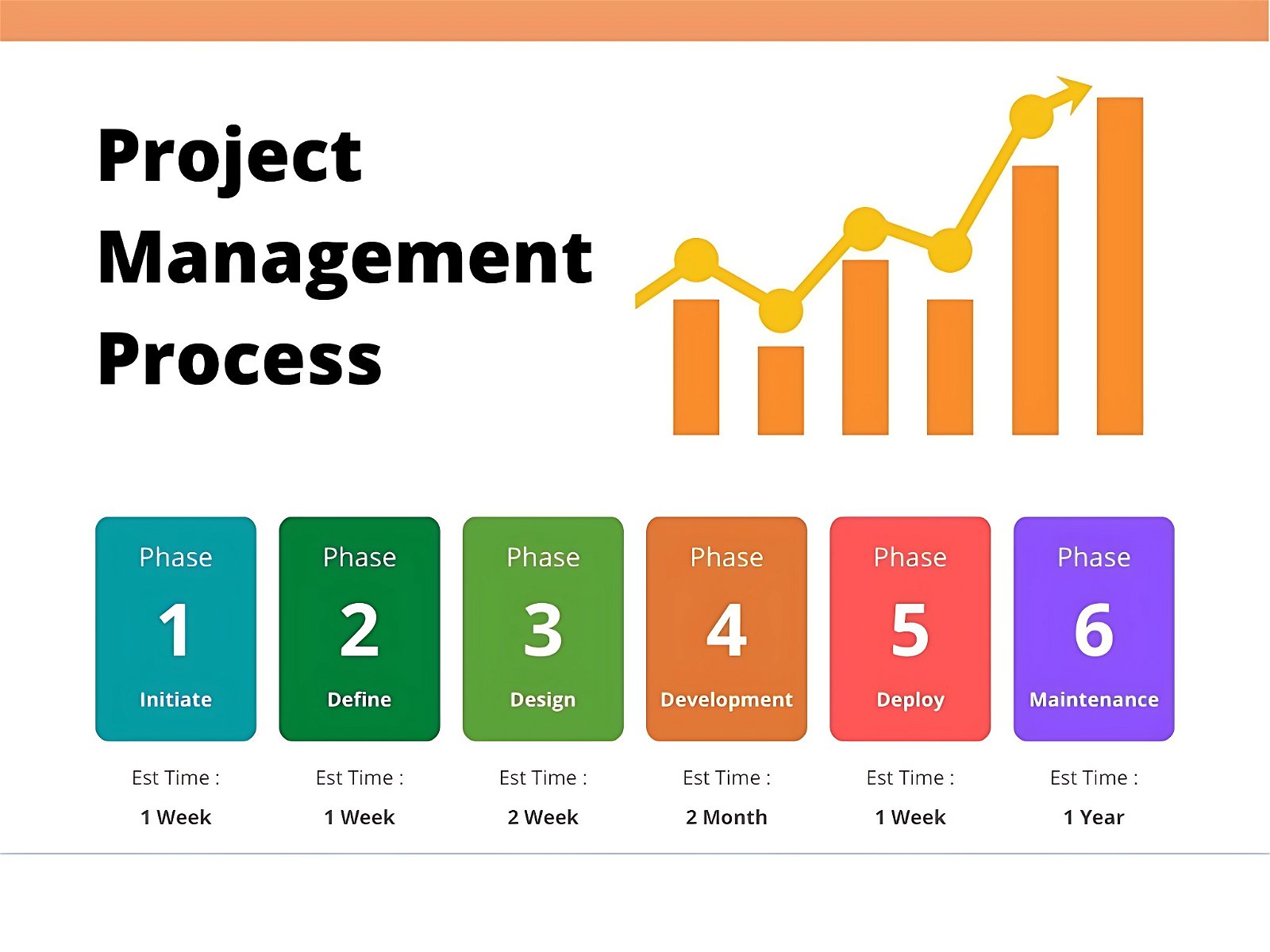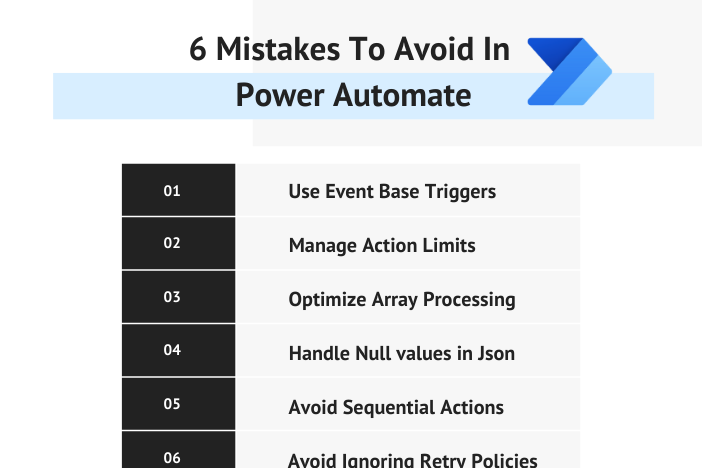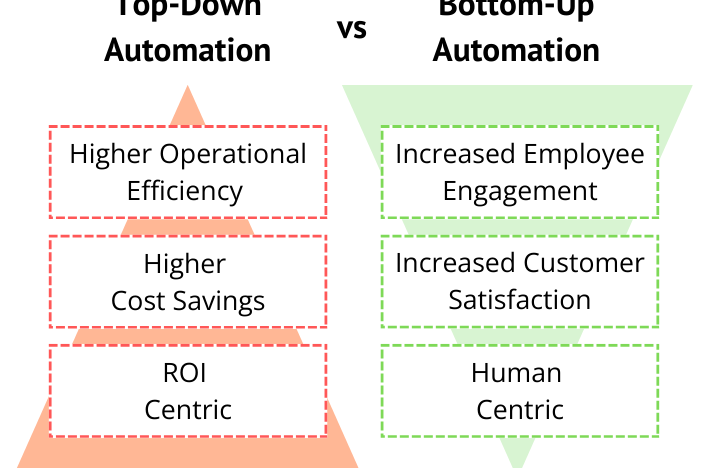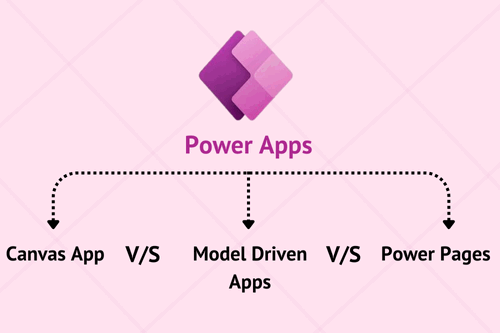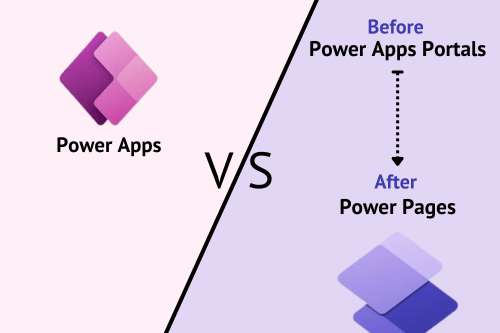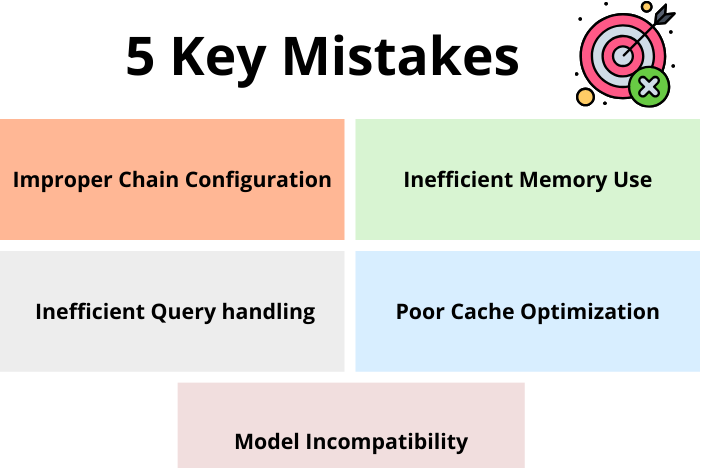It is easy to start projects but to see them to their successful completion is the difficult part. Having a structure or outline ready helps give all parties concerned a clear idea as to what is required throughout the various stages of the software project management process. Sunflower Lab provides digital solutions to companies that need on-demand software development teams.
Industry trends are for the wise. If you cannot go with the flow and adopt new strategies and ideas, you might as well close shop as competition abounds. In a bid to even the playing field, technologies and automation of monotonous repetitive processes can refine things.
Projects involving cloud computing, in-house development of products and services, infrastructure-related, product enhancement and upgrades, web-based solutions, mobile app development, etc. are a constant in the software industry.
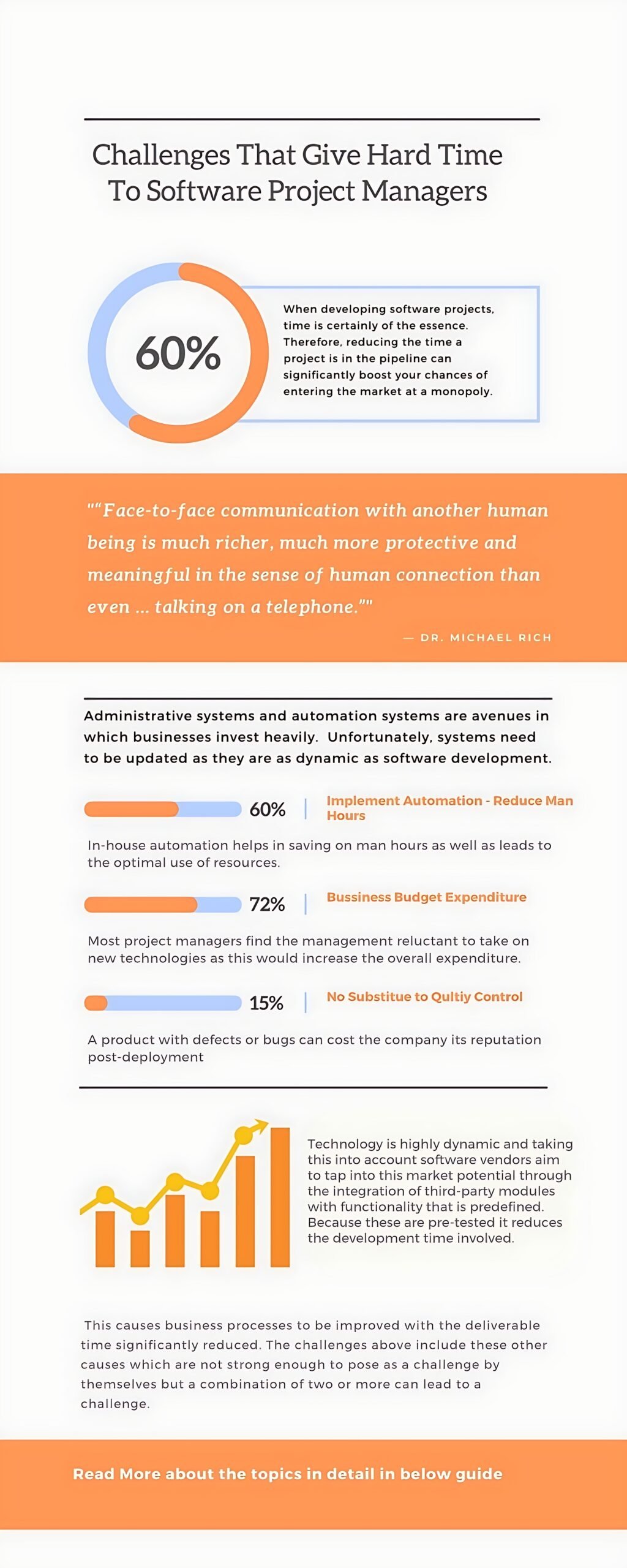
Increasing the speed of deliverables
Project planning needs to be done carefully so that a project can be successful. However, when developing software projects, time is certainly of the essence. Therefore, reducing the time a project is in the pipeline can significantly boost your chances of entering the market at a monopoly. The faster your product enters the market the faster you get to see the return on investments. However, apart from just having the product delivered one needs to consider the global market as well. This is where a software development project manager is useful in meeting the gap between what the user’s new requirements are and what the company had planned to offer.
The Tools of the Trade
Administrative systems and automation systems are avenues in which businesses invest heavily. In-house automation helps in saving on man hours as well as leads to the optimal use of resources. Unfortunately, systems need to be updated as they are as dynamic as software development. Funds on the other hand are not as forthcoming. Most project managers find the management reluctant to take on new technologies as this would increase the overall expenditure.
However, software development is a continuous process and so existing projects need to be revamped otherwise how can a company keep up with the competition? Our Sunflower Lab team has spent over a decade providing clients with digital solutions and from this rich experience, we have found that staying up-to-date is a sure ticket to success.
On-demand Teams
Each project has different demands which is why finding the right tech stack and then the right team isn’t a one-off problem. And this isn’t restricted to one or two projects, the larger the organization the more the scope of projects and the requirement of specialized teams and project-applicable tech stacks. Furthermore, it is not merely finding the right people or the needed skill set that is difficult. Budget constraints are also elements that need to be considered. Also, there is the fear that by selecting software developers that are priced too low, one is setting up oneself to be swindled. After all, it is not a new thing for software development companies to cut corners.
The SaaS Edge
SaaS platforms aid businesses that are small and mid-level to avail the capabilities of a large enterprise. Applications need to be robust as well as scalable and so businesses prefer the SaaS model as the technologies are advanced and at the same time reliable. These applications are flexible, easily maintained well as user orientated. Due to this the budget attributed to a custom software development process can be redirected to other avenues i.e. projects or processes that are more value-oriented.
Thus, a business will have to either hire managers to oversee these projects on an in-house basis. With a decade of assisting clients with digital solutions under its belt, Sunflower Lab strongly believes that on-demand project teams can prove to be an asset to a business. This proves to be more economical to a business than the recurrent hiring of SaaS vendors which is an ongoing development cost. This would ultimately lead to an increase in expenditure at an annual level.
Levelled User Engagement Practices
The number of users accessing your system at any point in time depends largely upon what your business model is like and what it offers. Your customers as well as on what rights have been allocated to the user.s personnel might be sharing the same web-based application to access data. However, how much can be accessed depends on the rights that have been given to the user. There is after all, no point in letting users access sensitive information, it merely adds to the potential of security threats.
Adding in the New
Managers are expected to be savvy about new technologies prior to their integration into their systems. This is stressful as time needs to be invested in such processes as one needs to understand the modules as well. Furthermore, whether these modules can impact deliverable timelines positively too has to be factored in. This is an added task apart from their managerial roles.
No Substitute to Quality Control
Testing is one aspect that a company can never cut corners with as it would have a detrimental effect on the quality of the products offered. A product with defects or bugs can cost the company its reputation post-deployment. Reliability is crucial and so project managers have to ensure that testing is stringent through the software development life cycle process. These tests include:
- ✔ Unit Testing
- ✔ Integration Testing
- ✔ Functional Testing
- ✔ System Testing
- ✔ Stress Testing
- ✔ Performance Testing
- ✔ Usability Testing
- ✔ Acceptance Testing
- ✔ Regression Testing
- ✔ Beta Testing
At Sunflower Lab we have assisted over 200 clients across New York and New Jersey with their digital solutions and so we understand the importance of structured testing. It is integral that project managers are conversant with the latest testing methods and project management methodologies. Testing methods vary depending on the developmental platform i.e. mobile apps, web-based, monolithic or cloud-based apps, custom software development projects, etc. Thus, managers need to be aware of the same and also supervise this process.
Transparent Reporting
There is a lot on the shoulders of a project manager. Right from the commencement of a project to the tasks in-between like the design and plan; and right to the execution – all of this falls on a manager’s plate. Furthermore, upon deployment of the project, things don’t end there as the administrative end needs to be closed. Thus, project management tools need to provide reports that are objective and transparent so that the management and other members of the team are taken up to speed.
| Report Type | Description |
|---|---|
| Timesheet Report | Monitors the availability of resources for tasks related to development. |
| Expense Report | Overhead costs related to work like fixed or recurrent costs (subscription expense). |
| Resource Workload Report | Easier to know which resources can take on work and also can monitor the impact of a budget. |
| Portfolio Report | Varied views on the project’s status, resource utilization, and health of the product. |
| Project Status Report | Indicative of a project’s overall health. |
| Risk Reports | Details out the project risks and their mitigation. |
| Board/Executive Reports | These are weekly status reports that go to the project’s team as well as the key stakeholders. |
Other Causes of Failure
For instance, incorrect task time estimate and incorrect cost estimate both would lead to a negation in the transparency of reporting. Thus, a project manager would be hard put out to find the actual root cause.
Sunflower Lab has been a trusted digital solution provider to its clients since 2011. We have built upon this reputation by ensuring that what clients dream, we turn into reality. For project-related queries do reach out to us. We would be glad to assist. You can reach out to us by clicking here.
You might also like
Stay ahead in tech with Sunflower Lab’s curated blogs, sorted by technology type. From AI to Digital Products, explore cutting-edge developments in our insightful, categorized collection. Dive in and stay informed about the ever-evolving digital landscape with Sunflower Lab.


